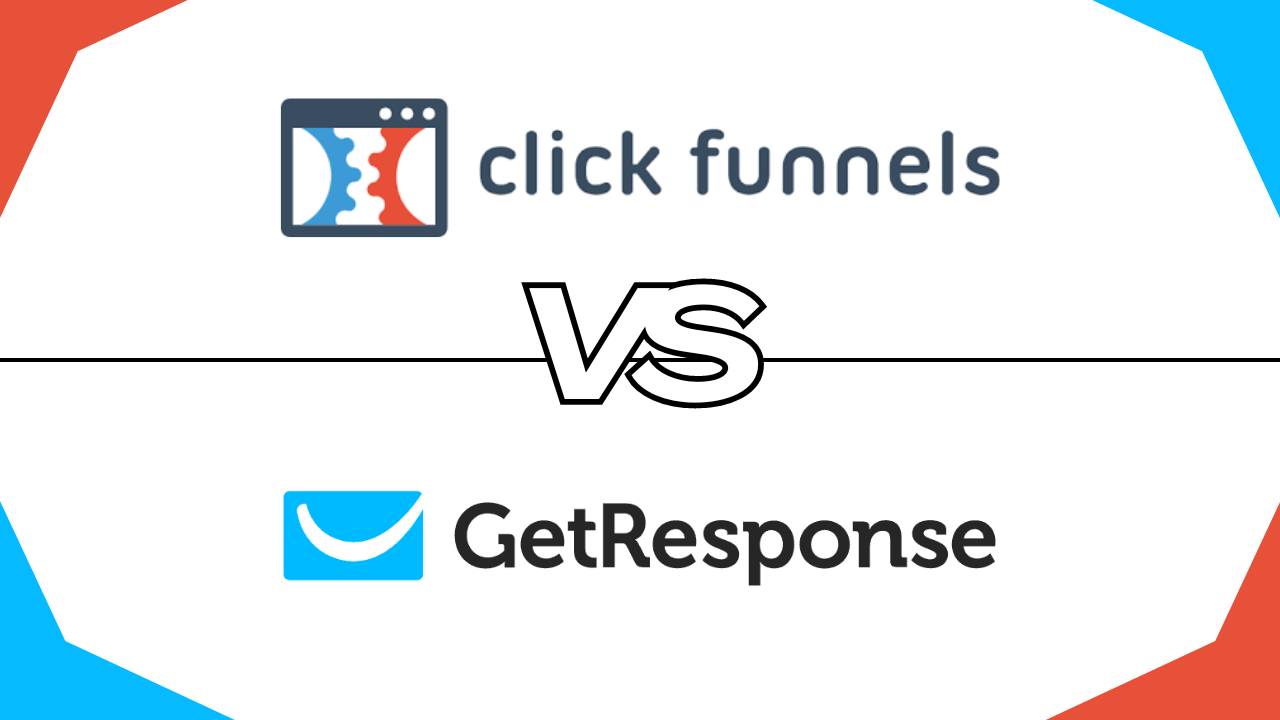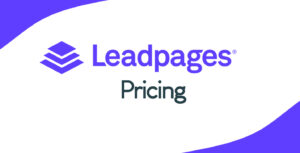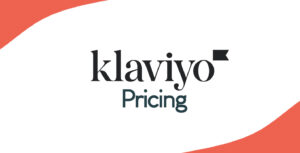
Embarking on the journey to choose the right digital marketing tool can be daunting, especially when comparing giants like “Clickfunnels vs GetResponse.” Both platforms have carved out significant niches in the marketing world, offering unique features and capabilities. Clickfunnels is renowned for its streamlined approach to creating effective sales funnels, making it a favorite for direct marketing and sales strategies. Conversely, GetResponse offers a comprehensive suite for email marketing and automation, appealing to those who prioritize extensive communication strategies. This blog post aims to dissect these platforms comprehensively, covering their ease of use, pricing, features, and more, to guide you in selecting the tool that best aligns with your business objectives and marketing goals.
Table of Contents
Quick Comparison: Clickfunnels vs GetResponse

Photo by Lukas Blazek
In the digital marketing arena, the debate between “Clickfunnels vs GetResponse” is highly relevant for businesses seeking efficient online marketing solutions. Clickfunnels excels in creating seamless sales funnels, offering intuitive tools that simplify the funnel-building process. It’s particularly beneficial for businesses focusing on direct sales and conversions. On the other hand, GetResponse shines in the realm of email marketing and automation, offering a robust platform for managing email campaigns, with added features like landing pages and webinars. While Clickfunnels is more suited for sales-focused strategies, GetResponse appeals to those prioritizing comprehensive email marketing techniques. Ultimately, the choice hinges on your business’s specific needs and marketing objectives, each tool offering unique strengths to enhance your digital marketing efforts.
Pricing Structure: Comparing Costs
Comparing the pricing structures of Clickfunnels vs GetResponse reveals distinct approaches tailored to their respective service strengths. Clickfunnels, primarily a sales funnel builder, commands a higher price, reflecting its comprehensive funnel creation and optimization tools. Its basic plan targets small businesses, while more advanced plans cater to larger enterprises with added features like A/B testing and numerous integrations. In contrast, GetResponse offers a more budget-friendly model, especially appealing for email marketing and automation. Its tiered pricing is based on list size, making it accessible for small to medium-sized businesses. While Clickfunnels is ideal for those investing heavily in sales funnel strategies, GetResponse provides a cost-effective solution for comprehensive email marketing and automation needs.
Clickfunnels Pricing

- Clickfunnels’ pricing structure was designed to cater to a variety of business needs, focusing on efficient sales funnel creation and optimization. The entry-level plan, targeted at startups and small businesses, provides core funnel-building functionalities, a selection of templates, and basic integrations, and was priced around $147 per month. For businesses requiring more advanced capabilities, Clickfunnels offered a Funnel Hacker Plan, featuring additional tools like A/B testing, more funnels and pages, and advanced integrations, at approximately $297 per month. This tiered pricing model underscores Clickfunnels’ commitment to offering scalable solutions for diverse business requirements, from basic to complex marketing strategies.
GetResponse Pricing

- GetResponse offered a flexible and tiered pricing structure, catering to a wide range of business sizes and marketing needs, primarily in the realm of email marketing and automation. The pricing started with a Basic Plan, ideal for small businesses and beginners in email marketing, priced at approximately $15 per month for a 1,000-subscriber list. The Plus Plan, suitable for growing businesses seeking more advanced features like automation, contact scoring, and webinars, was around $49 per month. For larger businesses, the Professional Plan offered comprehensive solutions including advanced segmentation and webinar capabilities, priced near $99 per month. These plans reflected GetResponse’s commitment to providing scalable email marketing tools at competitive prices.
Ease of Use: Which One Is Easier To Use?

Photo by Sincerely Media
When comparing Clickfunnels vs GetResponse, the ease of use is a vital factor, particularly for newcomers to digital marketing or those with limited technical skills. Clickfunnels shines with its user-friendly interface, offering a straightforward, drag-and-drop editor ideal for quickly building sales funnels. This simplicity is perfect for entrepreneurs and marketers focusing on efficiency without a steep learning curve. On the other hand, GetResponse, originally an email marketing platform, has expanded its features to include automation and landing pages, adding some complexity. Despite this, it maintains a user-friendly environment with guided workflows, making it accessible even to those new to advanced marketing tools.
Clickfunnels
Renowned for its user-friendly interface, Clickfunnels stands out in its simplicity and intuitiveness. The platform is designed with a drag-and-drop editor, making the creation of sales funnels and landing pages straightforward. Users can easily select elements, add them to pages, and customize without needing extensive technical knowledge. This simplicity is a significant advantage for entrepreneurs and marketers who want to quickly set up effective sales funnels without a steep learning curve.
GetResponse
GetResponse, while also user-friendly, has a slightly different focus. Originally an email marketing tool, it has evolved to include more complex features like automation workflows, landing pages, and webinar hosting. While these additions offer powerful capabilities, they can introduce a bit more complexity, particularly in the automation area. However, GetResponse combats this with a well-organized interface and helpful guides, making it manageable for users to navigate through its comprehensive features.
In summary, Clickfunnels excels in ease of use with its intuitive drag-and-drop editor, ideal for quickly creating sales funnels, catering especially to those with limited technical expertise. GetResponse, while user-friendly, incorporates more complex features like automation, balanced by its organized interface and helpful guides, making it a robust tool for comprehensive digital marketing.
Features: Which Has Better Features?

Photo by Muza
When comparing “Clickfunnels vs GetResponse” in terms of features, it’s crucial to recognize that each platform caters to distinct aspects of digital marketing with their specialized functionalities. Clickfunnels is primarily focused on creating and optimizing sales funnels, offering an intuitive drag-and-drop funnel builder, A/B testing for optimization, and effective landing page templates. It’s particularly suited for businesses centered on sales funnel efficiency. On the other hand, GetResponse serves a broader scope, originally excelling in email marketing. It provides advanced email campaign tools, comprehensive automation workflows, and unique features like webinar hosting, making it ideal for those who prioritize extensive email marketing and automation strategies.
Clickfunnels Features
Drag-and-Drop Funnel Builder: Allows easy creation of custom sales funnels.
A/B Testing: Facilitates testing different funnel stages for optimization.
Landing Page Creation: Offers a variety of templates for quick, effective page design.
Email Autoresponder: Although more basic than GetResponse, it integrates email marketing functionalities.
GetResponse Features
Advanced Email Marketing: Comprehensive tools for email campaigns, autoresponders, and segmentation.
Automation Workflows: Allows the creation of complex automation sequences based on user behavior.
Landing Page Builder: Includes a variety of templates, with a focus on conversion optimization.
Webinar Hosting: A unique feature not offered by Clickfunnels, suitable for online seminars.
Pros & Cons: Clickfunnels vs GetResponse
When deciding between “Clickfunnels vs GetResponse,” it’s important to weigh each platform’s pros and cons against your business needs. Clickfunnels is highly favored for its ease in creating sales-focused funnels, making it ideal for direct marketing strategies. However, it comes at a higher price. GetResponse, on the other hand, is more versatile and budget-friendly, suited for those with a strong emphasis on email marketing and automation. Your choice should hinge on whether your primary goal is funnel optimization or comprehensive email marketing, each platform catering distinctly to these different marketing approaches.
Clickfunnels Pros:
User-Friendly Interface: Clickfunnels offers a straightforward drag-and-drop editor, making funnel creation easy for users of all skill levels.
Focused Funnel Building: Specializes in creating high-converting sales funnels, ideal for businesses centered on direct sales.
Integrated Marketing Tools: Combines funnel building with basic email marketing and affiliate management features.
A/B Testing Capabilities: Facilitates testing different elements of sales funnels for optimization.
Clickfunnels Cons:
Higher Price Point: Generally more expensive, especially for advanced features.
Limited Email Marketing Features: While it includes email functionalities, it’s not as comprehensive as dedicated email marketing tools.
GetResponse Pros:
Advanced Email Marketing: Offers robust tools for email campaigns, segmentation, and automation.
Versatile Feature Set: Includes landing page builder, webinar hosting, and e-commerce integration.
Cost-Effective: Provides a flexible pricing model, making it accessible for smaller businesses.
Automation Workflows: Allows creation of complex, behavior-triggered automation sequences.
GetResponse Cons:
Learning Curve: Some features, especially automation, can be complex for beginners.
Less Focus on Sales Funnels: While it offers funnel-building tools, it’s not as specialized as Clickfunnels in this area.
Alternatives
While “Clickfunnels vs GetResponse” is a common comparison in the realm of digital marketing tools, there are several other alternatives in the market that cater to diverse business needs. Here’s an overview of some notable options:
Best known for its email marketing capabilities, Mailchimp has evolved to include landing pages, CRM, and marketing automation features. It’s a great option for businesses prioritizing email marketing, offering a free plan for small-scale users.
To learn more about Mailchimp, we recommend that you read this Mailchimp vs Mailerlite
Leadpages is a popular alternative, primarily focused on landing page creation and lead generation. It’s user-friendly and cost-effective, making it suitable for small businesses and entrepreneurs who need efficient, straightforward landing page solutions.
HubSpot offers a more comprehensive suite of tools encompassing CRM, email marketing, sales funnels, and customer service. It’s ideal for businesses looking for an all-in-one marketing solution that integrates different aspects of their marketing strategy.
Each of these alternatives to “Clickfunnels vs GetResponse” offers unique features and advantages. Depending on your business needs—whether it’s landing page creation, comprehensive email marketing, CRM integration, or all-in-one marketing solutions—these platforms provide a range of options to consider.
Security and Reliability

Photo by Nelson
When assessing “GetResponse vs Clickfunnels,” their approach to security is a pivotal aspect for businesses concerned with data and customer information protection. Clickfunnels ensures security through SSL certification for all pages, regular security audits, data encryption, and compliance with regulations like GDPR. Similarly, GetResponse prioritizes secure operations with SSL encryption on pages and forms, a stringent anti-spam policy, consistent compliance audits, and fortified data centers. Both platforms demonstrate a strong commitment to security, implementing comprehensive measures to safeguard user and customer data, thus ensuring that digital marketing activities conducted through their services are secure and aligned with global data protection standards.
Clickfunnels Security
SSL Certification: Ensures that all pages created are HTTPS, providing a secure connection.
Regular Security Audits: Conducted to identify and rectify potential vulnerabilities.
Data Encryption: Sensitive data is encrypted, protecting it during transmission and storage.
Compliance with Regulations: Adheres to standards like GDPR, ensuring user data is handled responsibly.
GetResponse Security
SSL Encryption: For secure communication and data protection on all landing pages and forms.
Anti-Spam Policy: Ensures that email marketing practices adhere to legal standards.
Regular Compliance Audits: To stay aligned with international regulations like GDPR.
Secure Data Centers: Multiple layers of protection for stored data, including physical and network security measures.
Conclusion: Who is the Winner?
Clickfunnels vs GetResponse
In conclusion, the “Clickfunnels vs GetResponse” debate encapsulates a choice between two robust digital marketing platforms, each excelling in its specialized domain. Clickfunnels stands out for its user-friendly interface and expertise in creating high-converting sales funnels, making it an ideal choice for entrepreneurs and businesses focused on funnel optimization and direct sales. Its simplicity and integrated marketing tools, despite a higher price point, offer significant value for funnel-centric marketing strategies.
On the other hand, GetResponse emerges as a versatile platform with its strong roots in email marketing. It extends beyond this with advanced automation workflows, comprehensive email campaign tools, and unique features like webinar hosting. This makes it more suitable for businesses seeking a cost-effective, all-in-one email marketing solution. Both platforms ensure robust security measures, safeguarding user and customer data.
Ultimately, the decision between Clickfunnels vs GetResponse should align with your specific marketing needs and objectives, considering factors like ease of use, feature set, pricing, and overall strategic goals in digital marketing.







